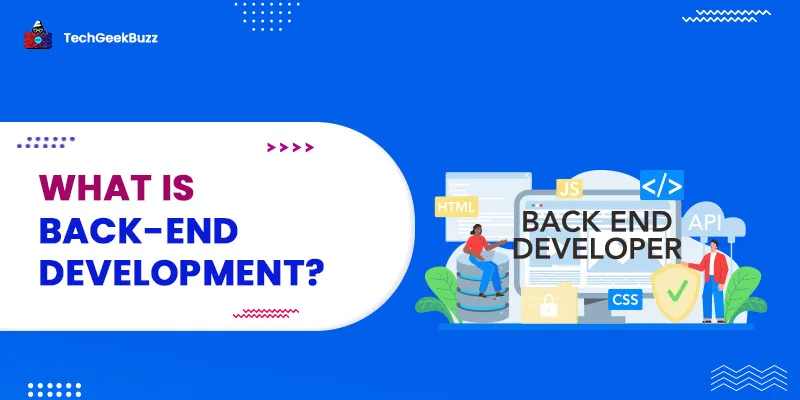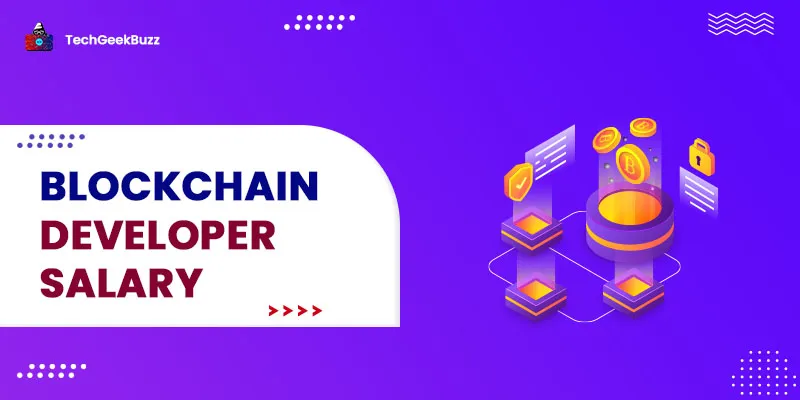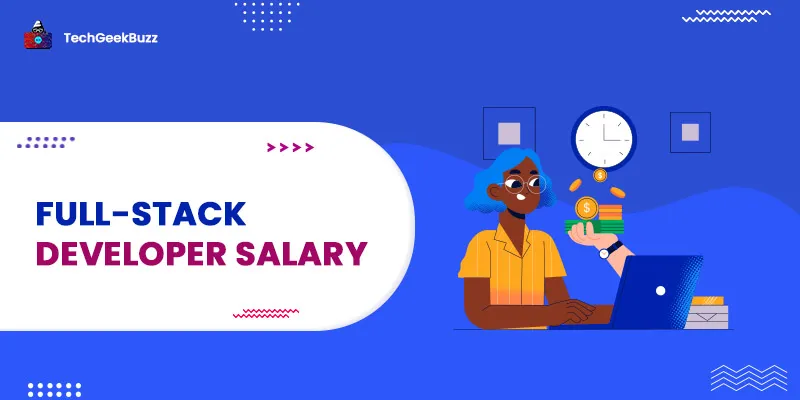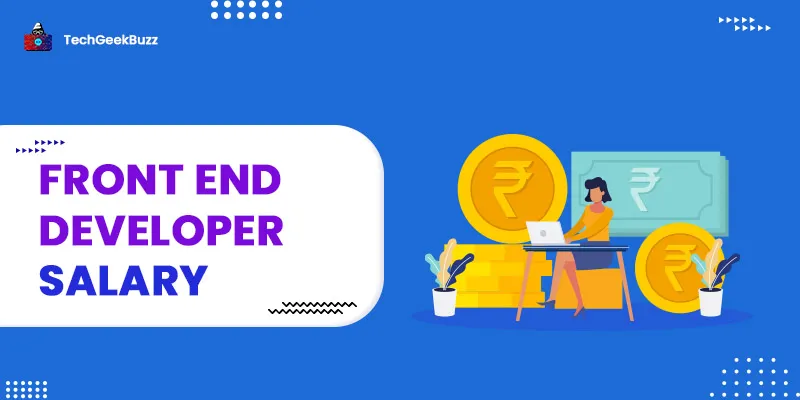When we say web development, it includes both Front-End as well as Back-End development. In web development, Front-End interacts with the user, and the Back-End deals with the database. Every website you see or load on your browser comprises a combination of front and back-end technologies.
There are many tools and languages developers use to create an effective webpage. The front end uses tools like HTML, CSS, and JavaScript, and Front-end Frameworks to create attractive user interfaces, and Back-End uses tools like PHP, Ruby, Python, Java, and backend frameworks to create an application that works along with Front-End and deal with database.
Developers often like to stick with one programming language or with one specific field, so there are developers who only prefer to be a part of front-end or back-end development. There is a term in web development, Full-Stack Developers, who possess knowledge of both front-end and back-end web development.
Here in this article, we have provided a simple explanation of who a back-end developer is and what are the minimum Skillset a Developer should have to consider as a back-end developer.
What is Back-End Development?
Whenever you visit any website, everything you see on the web page is a complete result of Front-End development, and when you perform any action on the web page, such as login, logout, creating a new account, uploading pictures, sending text, etc. anything that is related to your data, that website can accept is a result of back-end development.
A website contains a lot of things that a user can not see, this is mostly related to the data management of the user and the website itself, and this is the main function of Back-End Development.
Back-End development is a concept of using Programming, and Scripting languages like Python, Ruby, PHP, Java, etc., to create applications that can deal with data and provide logic to the webpage. In Back-End Development, we create a web application so it can receive information from the front end and manage it.
Who are Back-End Developers?
A developer who uses tools like Python, Java, Ruby, PHP, etc., to create web applications and can maintain server and database communication is a Back-End developer. When a user interacts with any website and provides it with some data like pictures, files, text, etc, the website need tools and application to deal with that data so it can be organized in a proper way. Here is the main role of the back-end developer comes into play. The back-End Developer builds and maintains technologies that can power the other components of the web application.
Skill and Tools required to become a Back-end Developer
In Order to become a Back-End developer, a person requires knowledge of some specific tools and services. As we know that Back-End web development is an integral part of programming and development, so logic is a vital skill that every developer must possess.
Basic Back-end development has four components, in order to be a part of Back-end development, a developer must aware of these four components.
- Web development Programming or Scripting languages or Programming languages web Framework.
- Databases and cache
- Server
- API (REST & SOAP)
Web Programming languages and Frameworks
Everything that deals with the digital world or machine needs programming languages, or you can say code. Learning programming or scripting language is the first step to becoming any kind of developer. When we say Back-End web development programming, we talk about programming and scripting languages that can run on the server side.
To create a server-side application or Back-end web application, we can use programming or scripting languages such as Python (web frameworks), Java web frameworks , PHP (frameworks), .NET, etc.
Programming languages for Back-End Development:
- Java
- PHP
- C#
- .NET
- Ruby
- Python
- JavaScript (some libraries)
Database and Cache
Though Every programming language has standard support for one DBMS technology, programming languages like JAVA, Python, and PHP can deal with any DBMS tool. We know that data is the main concern of every back-end developer, so to manage data, we have Database Management Systems such as MySQL, MongoDB, Oracle, SQLSERVER, etc.
Every Back-end developer must be aware of one of the Database Management System (DBMS) tools. These DBMS tools are mostly used to handle large data sets. For small data, we use a cache that is related to the individual user.
Server
The developer must have knowledge of different servers such as Apache, NagginX, IIS, Microsoft, AWS, etc. At last, the developer uses server-side technology, and having knowledge of some server platforms is a must. Mostly all sever support Linux, so the developer must have some knowledge of the Linux operating system, too, because the deployment of the project on the server may go through some Linux commands.
API (REST and SOAP)
With emerging technology in the web, API becomes one of the important parts of any Back-End web development programming language. API stands for Application Programming Interface, and this is the pre-written code that can attach to the web application so your application can communicate with other applications. For example, we are all aware of log-in tools.
Many times, we see that when we want to log in to some website, it gives us the option to log in with google or Facebook. The tool which helps us to log in with google or Facebook to any website is APIs. With the help of our Facebook profile, we can link with other websites to that how the website communicates with our Facebook or Google profile and test the legitimacy of the user. With the help of login API, we do not need to sign up for every website we visit.
Roles of Back End Developer:
- The Back-End developer must be aware of application demand and must come up with an effective idea.
- The developer knows how to play with data.
- Developer Store data in an organized manner and display appropriate data to an authorized user.
- Deal with API resources.
- Deal with Payment processing systems.
- Take care of the traffic.
- Deal with security issues.
- Manage spam and unwanted data.
- Build applications according to the project demand.
- Deal with server issues.
- Try to implement new algorithms so new updates can take place in the project.
Backend Salary
The salary of a back-end developer varies. It basically depends on the working experience and the skill sets of the developer. The standard salary of a web developer lies between 40,000$ to 70,000$
Sum up
- In Back-End development, developers deal with server-side technologies like server, API, Programming languages, etc.
- The web application created by the developer must be effective
- A little knowledge of the front end is also necessary.
- The back end requires front-end tools to collect data.
- Server Programming languages, Databases, Servers, and APIs are the main component of Back-end Development.
People are also reading:





Leave a Comment on this Post